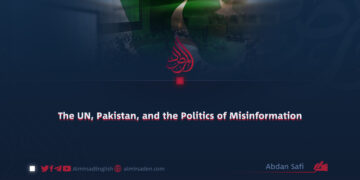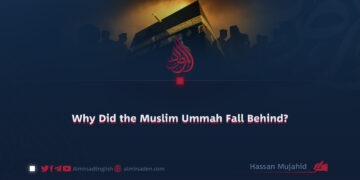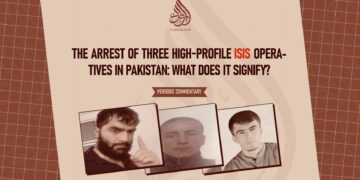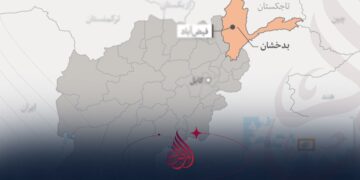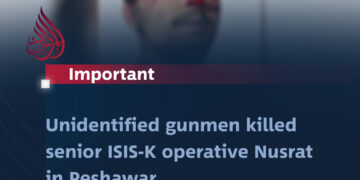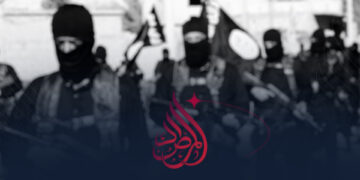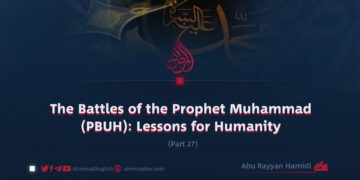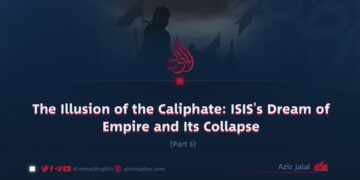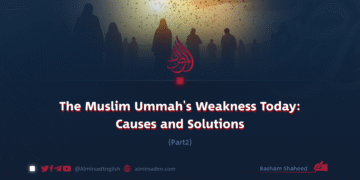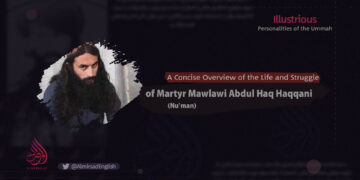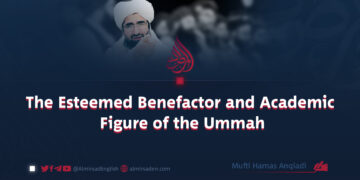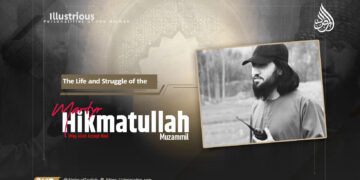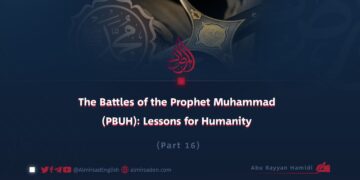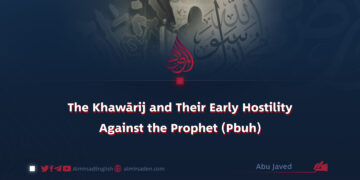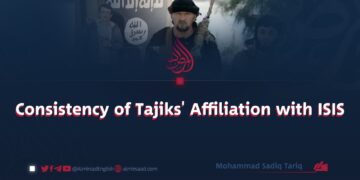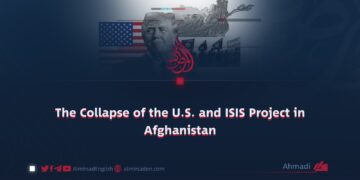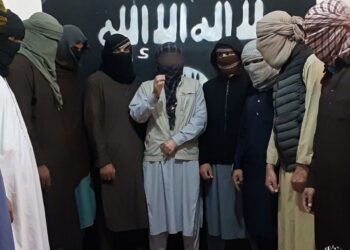Author: Aslam Khurasani
Jihad—though outwardly a sacred and simple term—is, in its essence, a profound and expansive pillar inseparably tied to the identity and destiny of Islam, Muslims, and Islamic governance. Allah Almighty, in His infinite wisdom, has kept the doors of Jihad open until the Day of Judgment—a divine decree intended to preserve the honor and dignity of Islam and its followers, safeguard their sovereignty, and protect them from humiliation, subjugation, and foreign domination.
History bears irrefutable witness that whenever Muslims firmly upheld the sword of Jihad in their hands, their societies flourished with might, dignity, and influence. Their tongues echoed the life-giving chants of Allahu Akbar as they sought divine assistance against tyranny and oppression. However, the moment they traded this sacred struggle for alliances with disbelievers—viewing Jihad as a mark of backwardness—they willingly bound themselves in the shackles of subservience. As this retreat continued, their connection with other Islamic values weakened, and the very foundations of Islamic governance began to erode.
The enemies of Islam—disbelievers and polytheists—quickly recognized that Jihad was the cornerstone of Muslim strength and independence. As a result, their intelligence agencies and political apparatuses have continuously worked to extinguish its spirit among Muslims. Through a combination of psychological warfare, material temptations, and fear-mongering, they have tried to make Muslims love worldly life, dread death, and see Jihad as a ruinous and violent endeavor. Tragically, they achieved significant success in this endeavor.
Their methods were multifaceted: alongside relentless propaganda, they engineered the rise of deviant groups under Islamic guises. Foremost among these are the modern-day Daeshi Khawarij—a destructive force camouflaged in the language of piety. Under the guise of “Caliphate” and “Jihad,” ISIS deceptively presented themselves to impressionable Muslims as champions of Islamic revival. In reality, they were tools of foreign intelligence agencies, orchestrated to defame Jihad and alienate Muslims from this divine obligation.
ISIS’s strategy was clear: to commit heinous acts—funded and armed by their patrons—in the name of Jihad, thereby sullying its reputation and stripping it of its wisdom and spiritual purpose. During the era of the Republic in Afghanistan, the atrocities committed by ISIS revived the horrors of the Mughal era. In collaboration with foreign occupiers and the Republic’s intelligence apparatus, they built towers from the heads of innocent civilians, treated women and property as spoils of war, and shouted Allahu Akbar over the bloodshed. Their message to the world was chilling: that Jihad equates to savagery, murder, and terror.
To realize this objective, they exploited vulnerable youth, manipulated emotions, and used coercion and money to carry out suicide bombings in mosques, shrines, and sacred places. They assassinated renowned scholars, peace advocates, and tribal elders. They saw no contradiction in labeling the destruction of mosques, the murder of pious scholars, and the terrorizing of children and the elderly as Jihad. This was precisely the intent of their masters: to so thoroughly distort the image of Jihad that Muslims would recoil from it forever.
Despite their extensive campaign, the true nature of these Kharijites has been exposed. There exists no credible evidence that ISIS ever targeted foreign military convoys or bases—neither during the Republic in Afghanistan nor in their original strongholds in Iraq and Syria. Their actions consistently aligned with the interests of the very occupiers they claimed to oppose.
Among their crimes was the assassination of the revered Jihadi leader, Martyr Khalil-ur-Rahman Haqqani, within the sanctity of a mosque. This heinous act unveiled their reality to many and confirmed their role as agents of foreign agendas.
Thankfully, the unwavering sacrifices, martyrdoms, migrations, and services of the Mujahideen under the Islamic Emirate (IEA) have illuminated the path for the new Afghan generation. Today, the difference between authentic and counterfeit Jihad is starkly clear. The resurgence of Islamic governance has rendered ISIS’s slogans hollow. No longer can they hijack sacred terms to legitimize their atrocities. Their campaign has failed.



